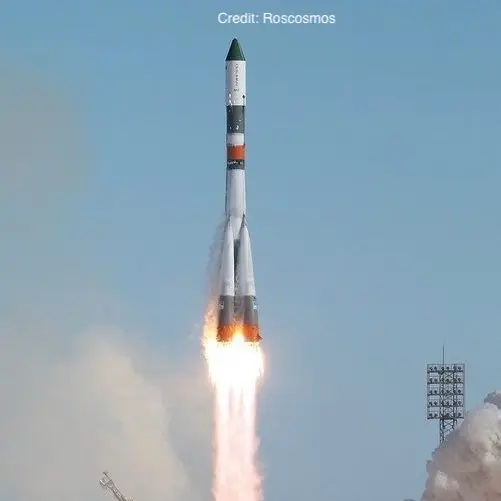Yantar-2K n°01
Launch Failure
Liftoff Time (GMT)
12:16:51
Thursday May 23, 1974
Mission Details
Launch Notes
When releasing Block A, the A3120-0/8K75 latch does not function properly, resulting in the premature release of the payload. The Emergency Engine Shutdown (ESD) command was issued at H0+439.6".
Yantar-2K n°01
Yantar satellites are more accurate ground observation satellites than the Zenit satellites previously used. The big innovation compared to the Zenit satellites is the compartment for the return of photographic film, which is no longer shaped like a sphere but like a cone. Yantar have a big advantage, which even the American KH-7 does not have, because it will be equipped with two small capsules (SK) that will allow to return films to Earth without waiting for the end of the satellite mission. In addition, the camera and on-board computer will be reusable. The Yantar will also be equipped with the new Kondor orientation control system, developed by KF TsKBEM. The different versions of the satellites are called Yantar-xK, the letter K designating the manufacturer Kuybichev who designed and built these satellites. The Yantar-2K satellites are nicknamed Feniks, the Yantar-1KFT Kometa and the Yantar-4K Kobalt. It should be noted that the Yantar-4KS1M are not recoverable, and transmit their pictures directly from orbit, thus reducing the time between the taking of pictures and their acquisition by the Soviet armed forces.
Low Earth Orbit
1 Payload
6,600 kilograms
Rocket


Manufacturer
RKK EnergiyaPrice
$20.00 million
Rocket
Height: 51.32m
Payload to Orbit
LEO: 6,860 kg
GTO: 0 kg
Liftoff Thrust
4,456 Kilonewtons
Fairing
Diameter: 3m
Height: 15.59m
Stages
3
Strap-ons
4
Launch Site
Stats
Soyuz U
7th
Mission
4th
Mission of 1974
RKK Energiya
838th
Mission
28th
Mission of 1974
1974
38th
Orbital launch attempt